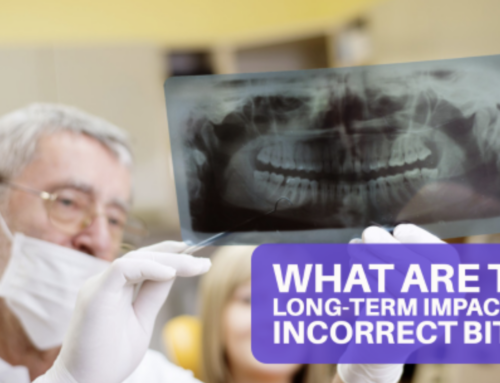Have you ever wondered what the difference is between a dentist and an orthodontist? Many people often assume they’re the same thing, but there is quite a big difference between them. Let’s find out more about what makes orthodontists and dentists different.
1. Orthodontists Are Dentists
All orthodontists are dentists, with additional specialist training in the diagnosis, prevention, and treatment of dental and facial irregularities. However, not all dentists are orthodontic professionals. Only 5% of dentists are also orthodontists, according to Trapnell Orthodontics.
2. Orthodontics Is a Specialization
Orthodontic specialization sets an orthodontist apart from a dentist. Orthodontists have specialized training in particular techniques and instruments to help align teeth. They use braces, aligners, plates, or retainers to move teeth into the right positions so that they’re straight and aligned. This process can take anywhere from six months to several years, depending on the severity of the situation.
3. Orthodontists Can Treat More Than Teeth
Orthodontic specialists can treat more than just teeth. They have the training to diagnose and treat any facial irregularities that may be present, such as a misaligned jaw or asymmetrical smile. Because of their expertise in this area, they can provide a more comprehensive treatment than what regular dentists can offer. Issues like TMJ (temporomandibular joint disorder) and sleep apnea can also be treated by an orthodontist.
4. Orthodontic Treatments Are Longer
Orthodontic treatments tend to take longer than those provided by general dentists. The treatment plan must be tailored to each patient, and the process of moving teeth into the correct position takes longer. Such treatments can take anywhere from six months to several years, depending on the severity of the case.
5. They Use Special Equipment
Orthodontic specialists have the training to use a variety of other specialized tools which are not available to general dentists. Orthodontists use special equipment and instruments to align teeth. These include braces, retainers, plates, or aligners, which help move the teeth into the correct position and keep them there.
An orthodontist is a specialized type of dentist who has additional training in the diagnosis, prevention, and treatment of dental and facial irregularities. These dental specialists can treat more than just teeth, as they can also help with jaw issues. If you or your child are dealing with alignment issues, contact our office today.



